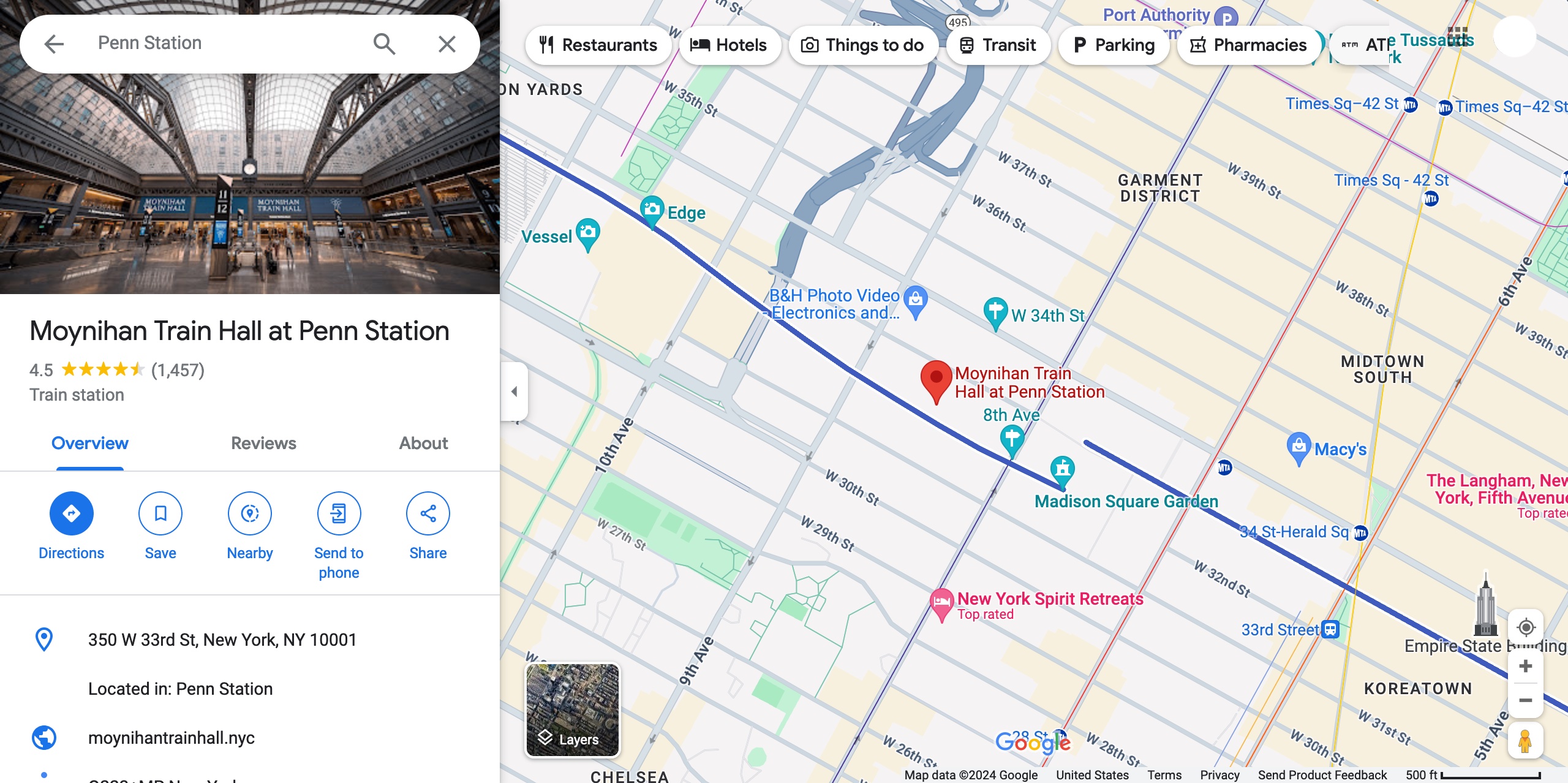The LATCH Principle: How to Display a Lot of Information
A theory on content organization for discovery, especially search results.
Displaying a lot of information in a content discovery use case (eg. Browse, Search, Feeds), is a tricky task. Often the most “powerful” feeling searches will offer a combination of the following filters/sorts. It is your responsibility as the designer to know the best default for your product, and to what degree the other filters may be necessary.
- L = Location
- A = Alphabetical
- T = Time. Recent/Old/Significant periods
- C = Category. Static Sibling relationships
- H = Hierarchy. Arbitrary gradients, such as price. aka non-alphabetical Sorting.
Medium Article explaining the LATCH concept in greater detail
Location
Geographic Information tends to be most useful in products with a massive amount of data, eg. browsing new albums by city on Bandcamp

…or where the use case is specifically about physical movement or location, eg. Google maps

Category
This refers to a peer category system. In one system, there are “categories”, which are typically between 2-12, defined by the system’s designer, and only associate one category per post. For example, here is MetaFilter displaying their main 8 categories.

Another popular system is tags, which are typically allowed to be virtually infinite in number, defined by a user/content author, and may associate many tags per post.

Hierarchy
Perhaps not the best named of the filters in LATCH, this filter refers to arbitrary gradients, such as cost of a product, height, width, quality, etc.
Final Thoughts
Lastly, I wonder, does a representation of a file system count as location, category, or hierarchy? Especially in the age of products obscuring file/folder relationships (I’m not a huge fan of that trend), this seems like an odd case. I think the parent-child relationships are the primary key in the equation, because files can only live in one place, eg. a folder is a category. File systems do make good use of sorting by alpha, created/updated, other metadata available, and grouping by tags.


One other item of note is that sorting is a slightly different UX pattern from grouping. See Gestalt Psychology for further notes.
Link to this post